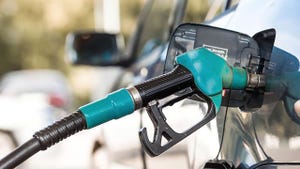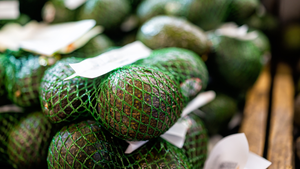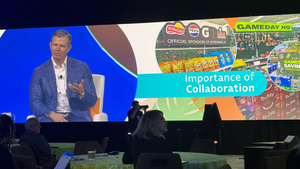Break Out the (Nonalcoholic) BubblyBreak Out the (Nonalcoholic) Bubbly
Raise a glass to one of the fastest-growing beverage segments. Enhanced and sparkling waters are one of the fastest-growing segments in foodservice beverages.
January 1, 2018
Sales of carbonated soft drinks, including diet soft drinks, remain flat, in part because of consumers’ increasing interest in drinks they perceive as better for them: As Technomic’s 2017 Away-from-Home Beverage Study shows, diet beverages sweetened with zero-calorie substitutes aren’t viewed as healthy.
While the venerable Diet Coke brand recently made a splash with new flavor varieties and a skinnier, more colorful can in an effort to maintain loyalty and garner new consumers, many shoppers are turning to other types of beverages. According to Technomic’s study, nonalcoholic beverages are a large and growing part of the foodservice industry, including new and rapidly growing categories such as cold-brew coffee, energy drinks and enhanced waters.
Foodservice operators within retail settings can leverage the beverage, so to speak, by adding these types of products to their grab-and-go cases or in their fountain areas. “Beverages account for $1 out of every $5 consumers spend away from home,” said David Henkes, senior principal at Technomic, of the study’s findings and implications. “They are a critical part of the overall experience and, because of their central importance, it’s absolutely crucial for restaurant operators and their suppliers to understand how innovation impacts consumer satisfaction.”
Sparkling beverages in particular are adding fizz to the market right now, driven by strong brands such as LaCroix and Dasani. Whole Foods Market included these types of drinks on its list of top food trends for this year, noting that “there’s an entire booming category of sparkling beverages vying for consumer attention.” Many of those sparkling beverages are innovative, the Whole Foods Report said, citing drinks such as Sap, which is made with maple and birch, and the retailer’s own Lime Mint Elderflower Italian Sparkling Mineral Water.
Innova Market Insights also points to sparkling beverages as a category to watch. In its 2018 trend report, Innova put “lighter” soft drinks second on its list, citing consumer interest in healthier, flavorful beverages that are lighter and more tart than traditional soft drinks.
Accordingly, more major brands are adding sparkling water to their portfolios. Nestle, for example, recently introduced sparkling spring waters under its Poland Spring brand. In February, PepsiCo announced the launch of its Bubly line of sparkling water, available in eight- and 12-packs of 12-ounce cans as well as 20-ounce single-serve bottles, with eight flavors: lime, grapefruit, strawberry, lemon, orange, apple, mango and cherry. And even as Coca-Cola worked on the launch of new types of Diet Coke, the company acquired the Topo Chico brand of sparkling mineral water.
In the meantime, brands that have carved out an identity based on their sparkling water continue to add to their lines. The Spindrift brand—with products now sold in a variety of foodservice settings, from Panera to Starbucks—has rolled out a Half Tea & Half Lemon flavor, made with sparkling water and real brewed black tea.
About the Author
You May Also Like




